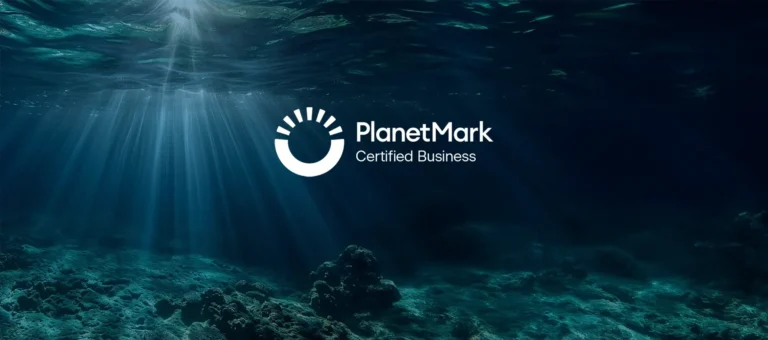
The global wind industry stands on the brink of a transformative decade. With operational capacity projected to surpass 1,800 GW by 2028, the sector is scaling at an unprecedented rate to meet global climate goals. However, rapid growth brings its own set of challenges, and none are more pressing than addressing the workforce gap.
GWEC and GWO’s comprehensive report, The Global Wind Workforce Outlook 2024-2028, states that the wind sector will require over 532,000 skilled technicians for construction, installation, operations, and maintenance by 2028. Offshore wind, a linchpin of global renewable energy strategies, will account for 14.3% of this demand, necessitating over 76,000 technicians.
As highlighted by Brian Allen, CEO of Beam, the industry is experiencing a historic moment of opportunity and urgency. The targets are ambitious, with annual wind installations needing to reach 320 GW globally to stay on track for net-zero commitments. Yet, workforce development has struggled to keep pace.
“The true driver of our success lies in our people,” Brian Allen states. “Technological innovation is crucial, but aligning industry requirements with robust national training strategies is the only way to close the skills gap.”
Beam is uniquely positioned at the intersection of technology and workforce transformation. Through its cutting-edge use of AI, autonomous systems, and robotics, the company is revolutionising how offshore wind farms are surveyed, maintained, and managed.
Beam’s innovations go beyond traditional approaches, leveraging advanced technologies to optimise wind farm operations. By harnessing state-of-the-art systems and tools, Beam ensures the delivery of high-quality data, improves efficiency, and enhances safety. These advancements not only streamline critical processes but also support the workforce by enabling technicians to focus on strategic, high-impact roles.
Beyond its technological leadership, Beam recognises that the energy transition must also be a people-first endeavour. The company advocates for:
Workforce Development:
Investing in training programmes that prepare young professionals and transitioning workers for high-demand roles in the wind sector.
Diversity and Innovation:
Championing initiatives that draw talent from diverse backgrounds, recognising that fresh perspectives drive innovation and resilience.
Global Collaboration:
Collaborating with industry bodies, governments, and training organisations to ensure globally standardised training and safety protocols.
The workforce challenge is substantial, but through innovation and commitment, it can be met. Beam’s efforts to automate and accelerate offshore wind operations demonstrate that technology can enhance—not replace—the critical role of human expertise.
“We believe a technician paired with AI can achieve exponentially more than they could alone,” Allen notes. This philosophy underpins Beam’s vision of a digitalised, efficient workforce driving the next generation of offshore wind projects.
Beam is driving the global conversation on wind workforce development through its cutting-edge technology and the expertise of its people. The future of offshore wind depends on collaboration across industry, government, and communities. Beam invites partners and stakeholders to join this mission, building a stronger, more capable workforce to accelerate the energy transition.
To explore the full insights and workforce projections shaping the future of wind energy, read the complete Global Wind Workforce Outlook 2024-2028 from GWEC here.











